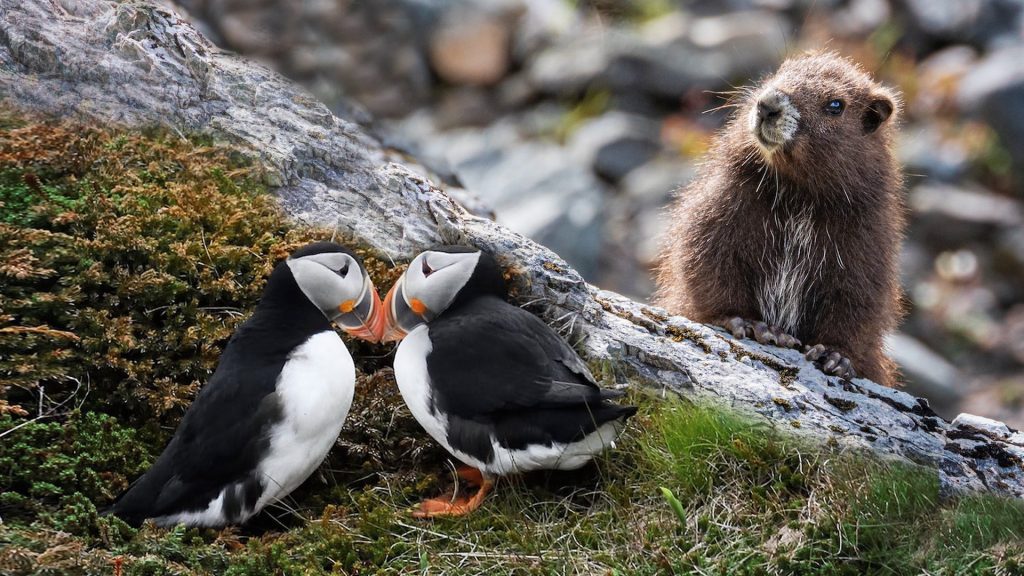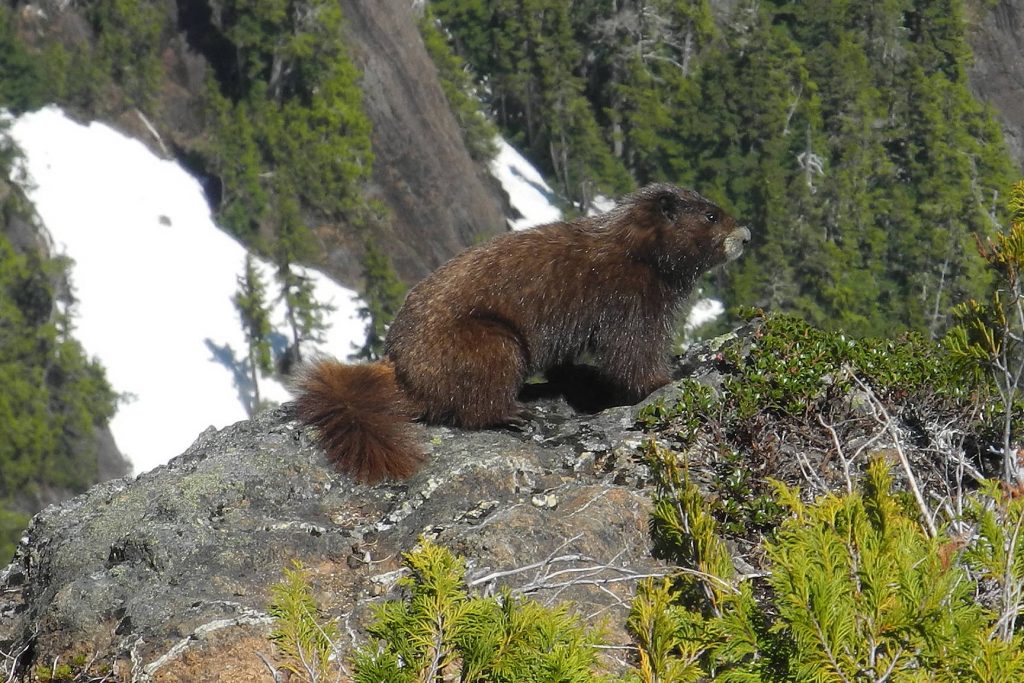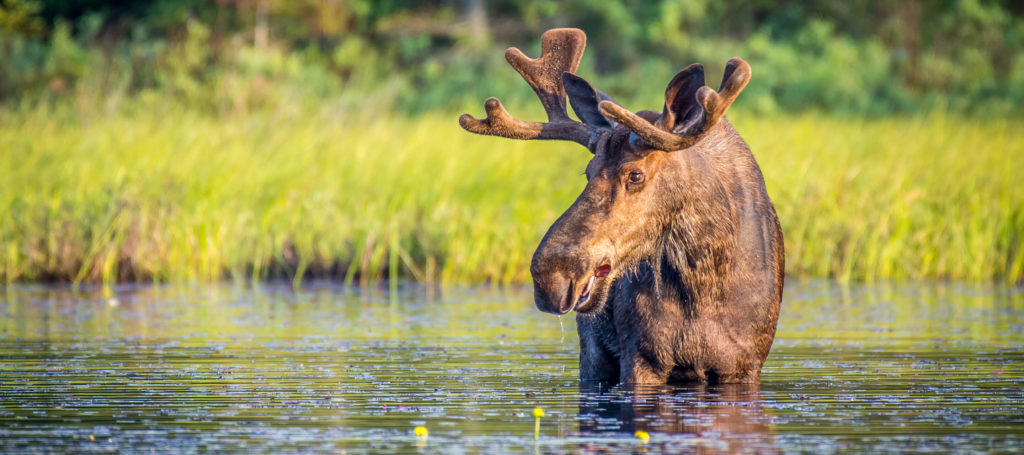The flora and fauna of Canada is unique.
But, unfortunately, many plants and animals are on the verge of survival. True, to say that the country is not concerned about the protection of its natural resources – the language does not turn. On the territory of Canada there are 43 national parks, occupying 2.2% of the country’s area, 145 national historical zones, 13 of them are included in the UN World Heritage List. By the way, the first national park “Banff”, located in the province of Alberta, was formed back in 1885. Many rare and endangered representatives of the wild world of nature live under the protection of the state. Therefore, there is hope that Canadian biologists will be able to preserve the richness of the natural world.
And yet, out of 3,500 plant species identified in the country, more than 10% are included in the list of rare ones. And one of them is Canadian hydrophyllum.

HYDPOFILLUM CANADIAN
The plant is native to the rainforests of Canada. The plant is on the list of protected, as it is endangered. This is a low perennial herbaceous plant, reaching 70 cm in height, usually forms a dense adrenal cover. It features beautiful, almost smooth, maple-shaped leaves and discreet, pink-and-white fungus-shaped racemes. Canadian hydrophyllum loves moist, cool, semi-shady places with nutritious soil.
Tansy Huron
Another plant that is threatened with complete extinction is Huron tansy. It lives only on the sandy moving dunes of the southern shore of Lake Athabasca, located in the northwest of Saskatchewan. The plant is not found anywhere else and, as scientists suggest, appeared here in the post-glacial period.
EVERGREEN hemlock
Talking about the rare plants of Canada, one cannot but say a few words about the evergreen hemlock. This plant looks like a pine, however, it looks a little strange. The needles of the hemlock are very short, and the branches hang down beautifully. The plant is quite cold-resistant and does not like drought. The plant is distinguished by a peculiar smell, which appears only if the needles are broken or crushed. Hemlock can reach quite large sizes – up to 60 meters in height, and the trunk diameter is sometimes a meter or even more. In Canada, this plant is a natural part of wild forests, but here it is used as an ornamental. For its extreme strength, the plant is used in the woodworking industry, but some of its 10 species are very rare in the wild.

The diversity of Canada’s natural areas has left its mark on the animal world. In the highlands of the country, various alpine species live: bighorn sheep, Canadian wild grouse, mountain goat, gray marmot. In the prairie zone there are hares, coyotes, badgers and other steppe animals. On the northernmost lands – on the islands of the Arctic archipelago, the musk ox lives.
And on the very border of the taiga and the forest-tundra, in the swampy lowland between the lakes, a herd of North American bison lives. Only the fact that they live in Wood Buffalo National Park stopped their disappearance for a while.
Once the ancestors of these majestic animals – primitive bison lived in the vast northern territory. Long before the appearance of the first Europeans on the American mainland, huge herds of bison roamed the wild prairies. But starting from the 19th century, they began to be mercilessly destroyed, and not only for the sake of skins or meat. Because of the bred animals, trains were idle, they interfered with cultivating the land. Although sometimes they killed animals for fun.
The cause of the massacre was the Indians, who hunted animals, using their meat for food, made clothes, shoes, their dwellings from skins, and household utensils and weapons from bones. In other words, bison were the main source of life for the Indians. The Americans, who at that time fought against the Indians, dreamed of destroying this source. “The destruction of the buffalo is the best way to destroy the Indians” – such was the goal of the struggle, the fruits of which are reaped by our contemporaries.

On the verge of extinction is the last representative of the previously widespread pronghorn family – the beautiful pronghorn antelope. The number of native inhabitants of island groups in the Canadian Arctic snow-white Arctic wolves is limited. Because of the soft warm fur, they actively hunt for hooded seals, which the state should have taken under guardianship, limiting fishing by law.
How many rare plants and animals in the world have disappeared and are disappearing. The most beautiful wild plants and beautiful animals rarely found in nature are ready to disappear forever from planet Earth for many reasons. One of them is the inability of a person to live in harmony with nature.
